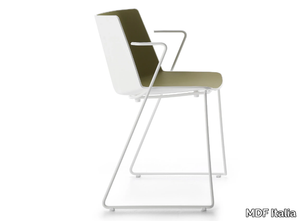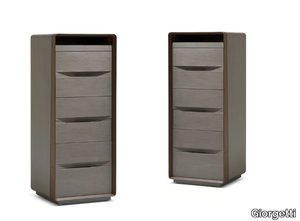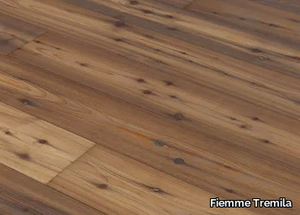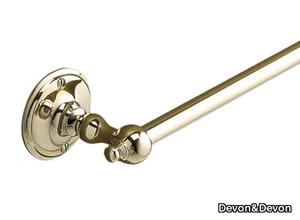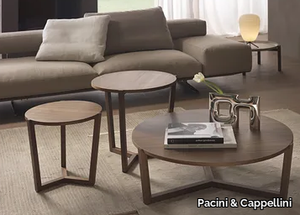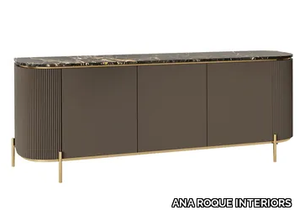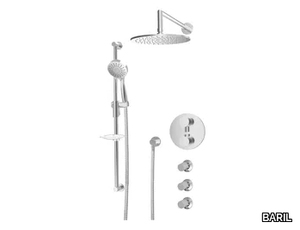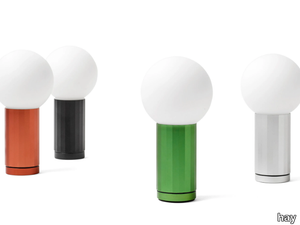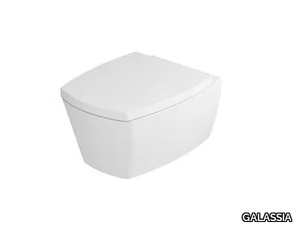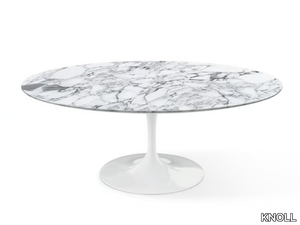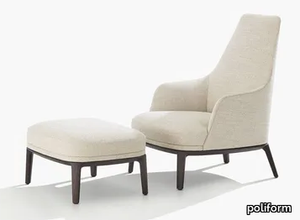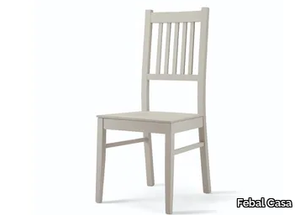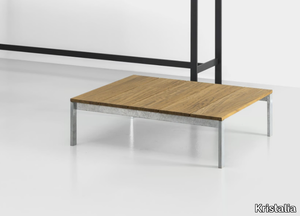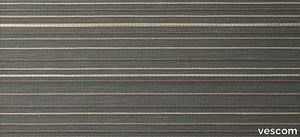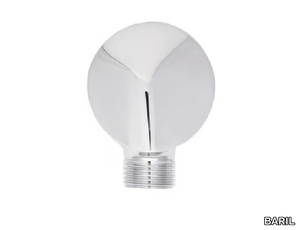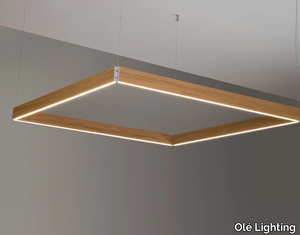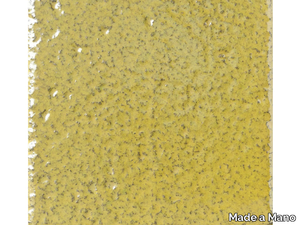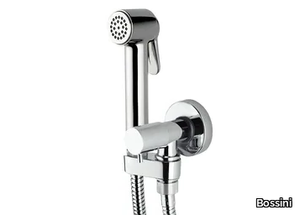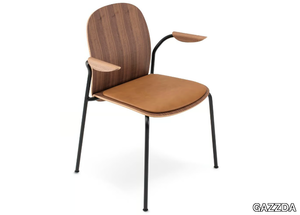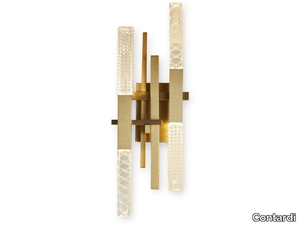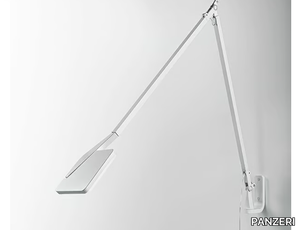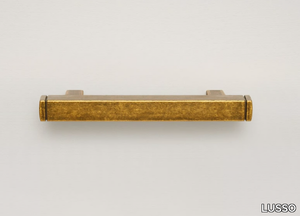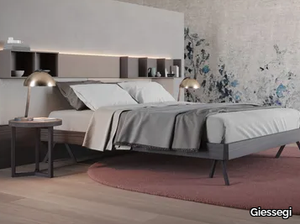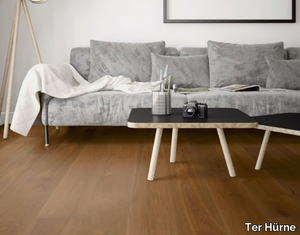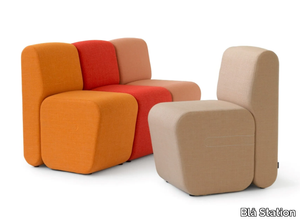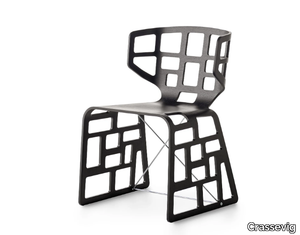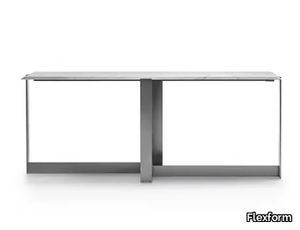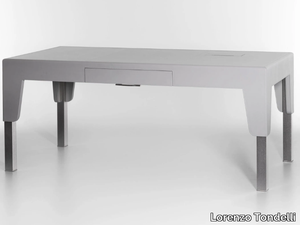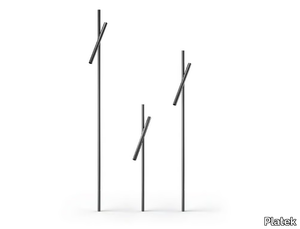MALIZIA 9880514/4959 - Rectangular viscose rug _ SITAP Carpet Couture Italia

SITAP Carpet Couture Italia > Carpet
DuraStyle Console vanity unit wall-mounted

duravit > Washbasin cabinet
Compact, Number of drawers: 2, Incl. console: No, Without handle, Siphon cut-out: Yes, Siphon cover: Yes, Soft self-closing automatic with damping, Lay-in compartment Optional Design by Matteo Thun & Antonio Rodriguez
Hyg Barstool 65 cm Black oak/Grey
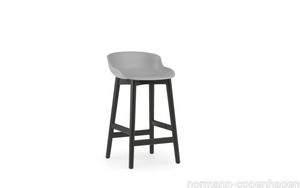
normann-copenhagen > Stool
Pressed Polypropylen shell attached with 4 screws and cups to steel frame. Hyg is delivered fully assembled.
SHAWÀ 2 - Floor standing stainless steel shower panel with overhead shower _ Antoniolupi
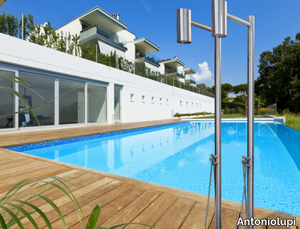
Antoniolupi > Shower panel
Bug
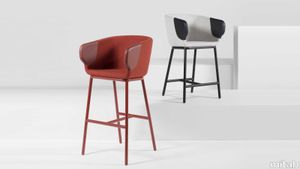
mitab > Stool
Karlsson & Björk Bar stool in two heights with frame in metal in standard RAL (black or white), Selected RAL or Anycolour RAL. Seat made of a steel frame with cold moulded foam covering, textile upholstery in standard fabric or c.o.m. Arm rests in leather.
Texture charcoal
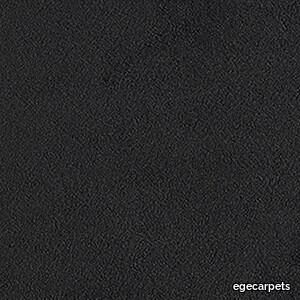
egecarpets > Carpet
Epoca Texture WT is an attractive, plain cut pile carpet collection particularly suitable for use in areas that require a little bit extra. The carpet is available with Woven Textile backing.
REIMS GRIGIO - Rectified porcelain stoneware outdoor floor tiles with stone effect _ MARINER
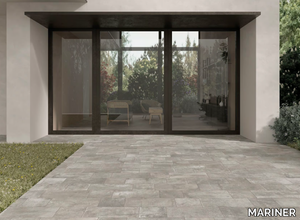
MARINER > Floor tile-stone
Side tables il paese delle meraviglie
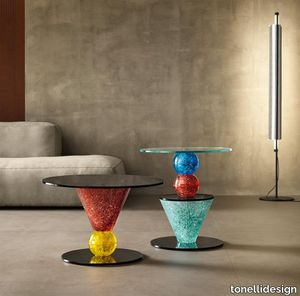
tonellidesign > Side table
The collection of side tables Il paese delle meraviglie is made of six pieces. Each one is characterized by the innovative procedure that utilizes a mixture of glass shards, coloured or neutral, shaped to form cones and spheres that serve as supporting structure of the table. The base and top of the side table are available in extra clear or smoked glass. Each piece of the collection Il paese delle meraviglie is coloured and finished by hand, with a unique and exclusive result.
KAURI EARTH SQUARE - Square table with kauri and resin top with iron base _ Riva 1920
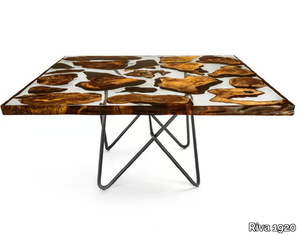
Riva 1920 > Table
ARCADE - GRAPHICS III - Fire retardant nonwoven wallpaper _ Architects Paper
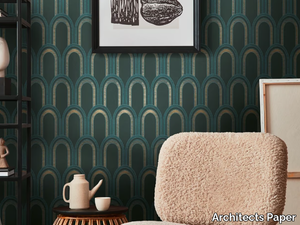
Architects Paper > Wallpaper
ScreenIT A30 Collect Floor screen

gotessons > Styling
This screen is built like a classic A30 screen, but has a different hole pattern for feet with wheels. This allows the screens to be placed close together to save space. Complete with wheels 641066 or 643067. As always, the A30 screen provides an effective noise reduction and shielding. Choose size, fabric, zipper or seam as desired.Built up with a wood frame, 30 mm sound absorbent and 5 mm foam laminated textile on each side. Total thickness: 40 mm. Rounded corners, radius 35. Mounted with Foot set, purchase separately. Can be pushed together for easy storage.ScreenIT A30 Floor screen Collect Sound absorbing floor screen constructed with a wooden frame filled with 30 mm sound absorbent and 5 mm foam laminated fabric on each side. Collapsible. Total thickness: 40 mm. Dimensions: (select from below). Rounded corners, radius 35. Foot package available in silver, white and black. Ordered separately. Dressed on both sides with: ex. Lido 200 (132 tinted). Seam or zipper around the entire screen in color: e.g. red. Certificate (valid 2019-06-03): SS-EN 1023 Stability Test, ISO 354 Absorption and SS 25269 N10 value 1200x1800x40 = 4 Nordic Ecolabelled textile (applicable 2019-06-03): Event Screen +, Mica, Xpress, Cara, Rivet, Twist, Bond, Synergy, Remix 3
Gallery
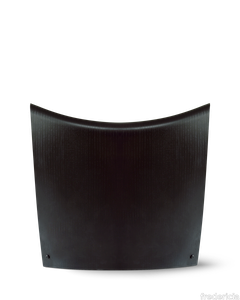
fredericia > Styling
The Gallery stool was a major design breakthrough when it was launched in 1998. With striking simplicity, the properties of moulded plywood are pushed to the maximum limit to form a sculptural seating object.
JEWEL - Brass door knob on back plate with Swarovski® Crystals _ LINEA CALI'
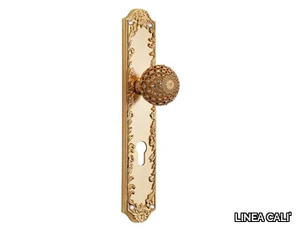
LINEA CALI' > Finishes accessories
COLOR ELEMENTS 50X38 - Countertop rectangular ceramic washbasin _ GSI ceramica

GSI ceramica > Washbasin
